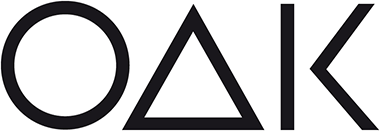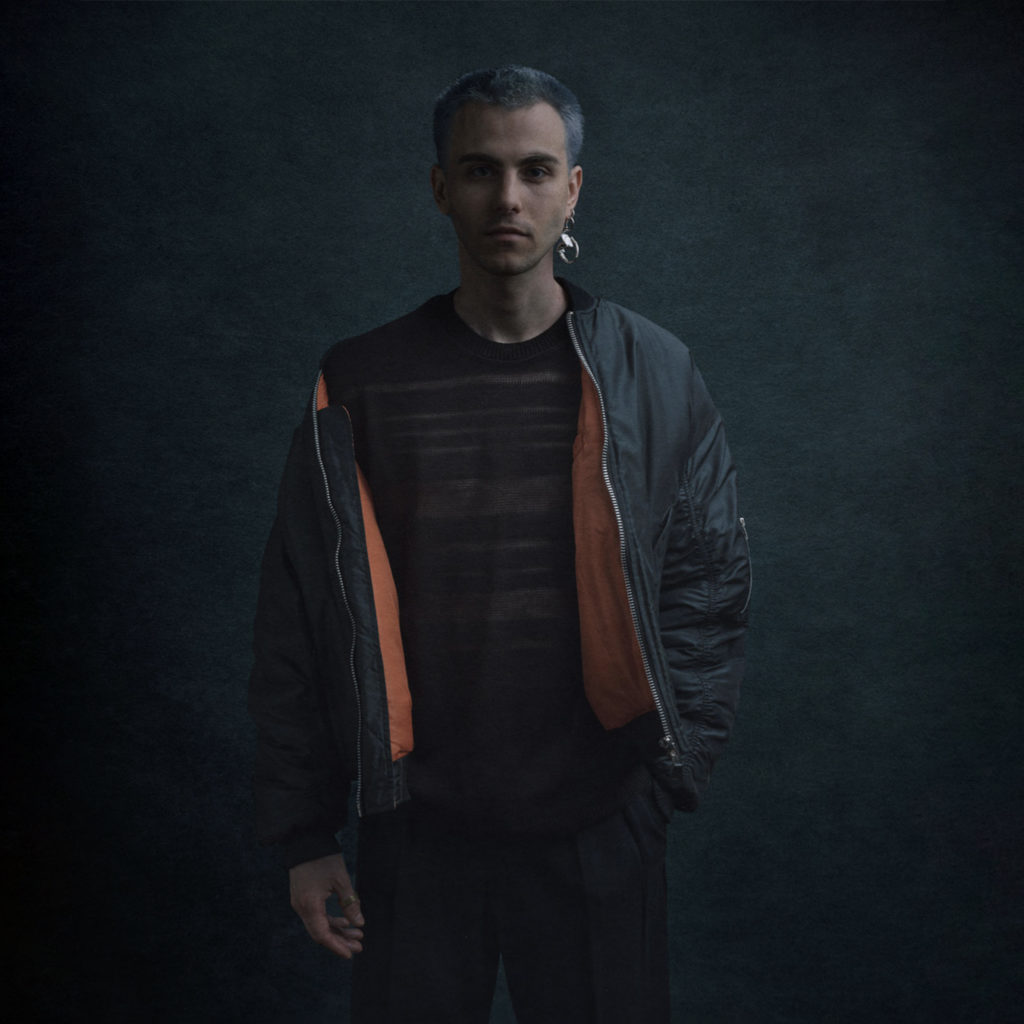June 2021 / Thierry Genay, Tranquility and tension under the sky of Toulouse
TEC-Interview-06-2021
The more time and involvement you get, the more you will be rewarded with Thierry Genay’s photographs.
Some appreciate above all the masterful compositions of light, colors and shapes, others simply rest in Thierry’s art, others still remember the quote “Quiet is the new loud” twenty years ago.
We spoke with the Toulouse photographer who chooses his words with as much wisdom and care as he stages his works of pure beauty and spirituality.
“A lot of people feel a sense of calm in front of my photographs.”
When did you discover the art world and which artists fascinated you?
During my teenage years, I practiced comics and I certainly had a taste for images, because my drawing teacher in high school gave me tailor-made subjects. But it was really when I entered the School of Fine Arts that I discovered the visual arts at the CAPC Museum of Modern Art in Bordeaux. Conceptual art, Land art, minimal art, etc.
It was also in Bordeaux that film culture had a great impact on me. From this period, I would remember Richard Long, Lucio Fontana, Guiseppe Penone, Frank Stella… I also discovered black and white film photography, but it was the composition that interested me, I did not have precise references. It was especially cinema that educated me to the image at that time. The image, its composition and its language.
Are Morandi or Chardin artists you can relate to – or are there others, perhaps?
Chardin remains a model for his exceptional sense of composition, for his approach to the essential, the more he advances in his work, the wider these brushstrokes are, the more they suggest rather than describe. At Morandi, I like the use of a limited number of objects that he has worked with again and again. It is not the object that counts, it is the research and exploration.
But in my pantheon, I would put Francis Bacon, always for the composition, for his harmonies of colors, for his inventive technique. Miquel Barcelo for his use of matter, his experiences. Pierre Bonnard for his composition and color harmonies. Gerhard Richter for his synthetic vanities and his work on photography. Pieter de Hooch and Samuel van Hoogstraten. Vermeer for the light and the almost mathematical complexity of his compositions. I could also mention, in chronological order, Cézanne, Giorgio de Chirico, Gérard Garouste, Willem Claeszoon Heda…
In photography, I would mention Irving Penn and in particular his series of still lifes for Vogue magazine but he was a complete photographer. Roy DeCarava for his very strong and expressive compositions. And then Josef Koudelka, Josef Sudek, André Kertész, Outerbridge…
Did you already decide to start photography during your studies at the School of Fine Arts in Bordeaux? Or did it happen later?
I entered the School of Fine Arts to do interior architecture. I was also working for a decorator at the same time. Then I graduated on clothing. Then I went to live and work in Paris in the field of fashion and textiles. As a graphic designer, then as a graphic designer and stylist. I worked a lot on trends. This is important because when you present trends, you produce idea boards that are overloaded with information.
In reaction to this work and to create more personal things, I started making clean graphic compositions from limited color schemes and one or two graphic details from my trend boards. It was my first step towards still life. At the same time,
I was always interested in photography, but mainly as a viewer until I bought a small compact camera and started photographing my garden. Flowers, details, but it lacked a trigger to bring together graphics and photography… This element is a painting by Jan Jansz Van de Velde seen in Paris and reviewed at home at the Rijk Museum in Amsterdam. That was the trigger. I liked this off-center composition, this big gray background that is almost a painting within the painting. The relationship with photography was obvious to me and still life the most docile genre for precision work.
Why did you fall in love with this particular northern light?
I certainly owe it to Vermeer, Vilhelm Hammershøi or Pieter de Hooch. Like these painters, I work facing north, near a window, because the light is more constant. This light expresses a certain calm, a thoughtful atmosphere and also a certain melancholy. It is an atmosphere conducive to the precise adjustment of backgrounds and objects between them, and to long experiments.
Do you only use unfiltered daylight or do you create the light?
The light in Toulouse is not the same as in the Netherlands. Obviously, I prefer it in rainy weather than in sunny weather. So I work with natural and variable light. I sometimes use a reflector to open a part that seems too dark. I channel the height of the light, which allows me to play with the length of shadows, which are an essential element of my compositions.
Speaking of Toulouse… Are there other regions or cities in Europe (or the world) that you love and that have shaped you?
For my artistic culture, I would say Paris where I lived for a few years and where I still go. But I am also very sensitive to everything that can be discovered in Italy. Starting with the architectural beauty of cities, with these facades that
have broken with symmetry and therefore remain an inexhaustible source of inspiration.
Do you work on the compositions before touring or do they occur spontaneously while you assemble them?
I rarely work on my compositions before starting a photo shoot. I prefer to choose a set of objects and funds and start a research work. The object determines many things. If it’s perishable like fruits and vegetables, I want to use it at the right time.
Sometimes I am lent objects and I have more or less limited time to use them. I also choose my color range, which is always limited. Then I think about the importance I give to the background, to emptiness in general. This choice determines the size of the final print, which can be up to one square meter.
“The beginning of a session is always a joyful moment.”
What is the most difficult and joyful aspect of your job?
Photography is a complex process, from shooting to final print. The beginning of a session is always a joyful moment. I take pictures at home and develop in another place. I can be very excited when shooting and disappointed by what I see on my development screen. But the opposite is true, I sometimes “discover” the true value of a shot on the screen, not immediately but several weeks or even months later. And when the draw is finally in front of my eyes, it can be a moment of great satisfaction.
I guess 9 out of 10 people think, after a first look at your work, that they see a painting. How did this particular mix of genres come about?
I started photographing still lifes on an old marble fireplace with the wall as a background. Then I wanted other backgrounds, but I wanted to keep the material, so I decided to paint my own backgrounds on canvas cardboard that I place behind my compositions.
Now, these backgrounds also serve as a base, a support, which increases the pictorial aspect of my photographs. I love this ambiguity and it serves my work, which is inspired by painting anyway – but it came naturally.
Your work reflects beauty as well as very intense moments of intimacy and spirituality. If we can afford this question, what is it about you that is always reflected in your work?
It’s a natural question but it touches on something very personal. It’s hard for me to answer it in words because if I were able I might not be doing photography. I would rather do art history or philosophy. That said, many people feel a calming in front of my photographs. Fewer people perceive, rightly, a tension. We must not forget that a photograph is a snapshot and that a research work, for me, can not be quiet. My photographs would therefore express a double state. That is certainly part of the answer.
Your sensual use of fruits and vegetables suggests the question: do you like to cook?
Yes, I like to cook. When I go to the market, I look twice at the vegetables and fruits I choose. With me, they have two lives. A life of model and a life of ingredient.
The connection between the two must probably be the relationship with matter. A material that evolves (maturation) and that is transformed (cooking). This is why the term “still life” is not appropriate. This is a very old misunderstanding.
You have published two books. The last in collaboration with the poet Claude Barrère. Can you tell us a bit about your books and how this collaboration for the second book came about?
These two books were a complete experience because they allowed me to make the graphic designer and the photographer work together. For the second, I asked Claude Barrère, poet and engraver, who liked my work and who had experience of collaborating with other artists, to write a preface. After some thought, he suggested that I write poems based on my work instead. What luck!
I really like this concise poetic form that can be close to haiku but which is in the tradition of Cummings or Paul Ceylan that I discovered on this occasion. There is a structural correspondence with my photographs. The collaboration itself was a great team effort, we moved together the layout, the choice of photographs and poems.
What are your plans for the near future?
I don’t do linear work, I exploit several tracks at once. I go back and forth between tracks that are familiar to me that I continue to develop and new tracks to exploit.






